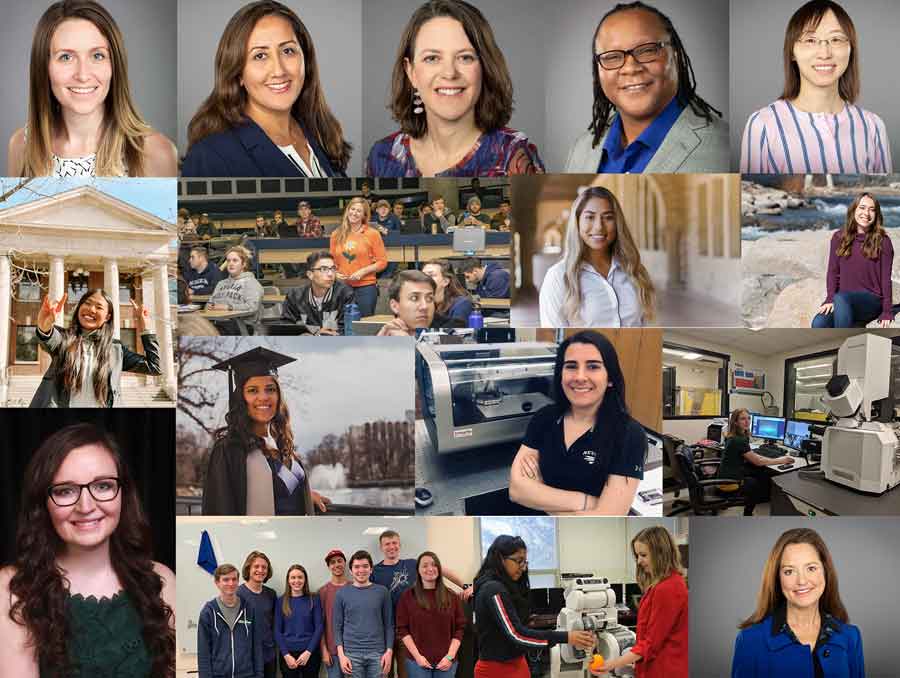June 23 is International Women in Engineering Day, and the College of Engineering strives to develop the ideas, techniques and technologies that will change the world. Many women in the College are leading the charge, taking on mentorship roles and preparing the next generation of engineers with valuable skills and experience. While Emily Hand, Keri Ryan and Maryam Raeeszadeh-Sarmazdeh share their experiences in NSights this week, we wanted to take a look back and celebrate the many successes of our students and faculty from the last year.
New engineering faculty wins prestigious teaching and mentoring award
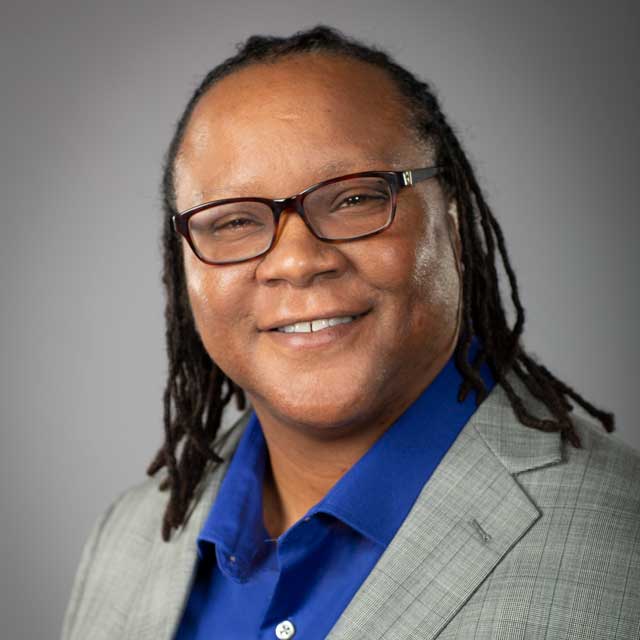
Kelly Cross, assistant professor of engineering education, was awarded the Faculty Mentor of the Year in the New England Region of the Institute on Teaching and Mentoring. The award, hosted by the Southern Regional Educational Board, was presented in Atlanta at their annual gathering to celebrate the successes of underrepresented Ph.D. students and faculty members of color.
Ann-Marie Vollstedt earns the Paul and Judy Bible Teaching Excellence Award
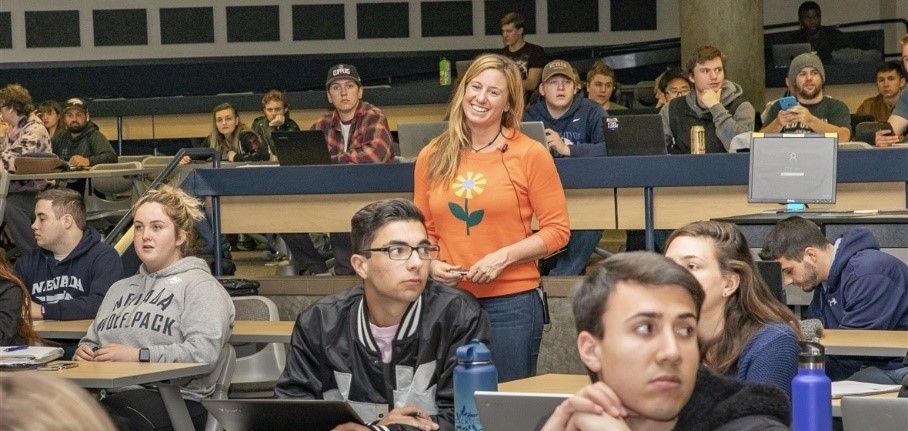
For 600 first-year engineering students in the annual E-FIT Bootcamp for Academic Success, Ann-Marie Vollstedt is their introduction to the level of instruction and passion offered by faculty in the College of Engineering. During the one-week transition to college life, E-FIT participants listen to lectures on aerodynamics and projectiles to prepare them to build a trebuchet. The hands-on learning that is at the heart of the program, which Vollstedt has run since its inception in 2014, is key to her success as a lecturer.
ASUN Senator works hard to give back to the community through outreach programs and activism
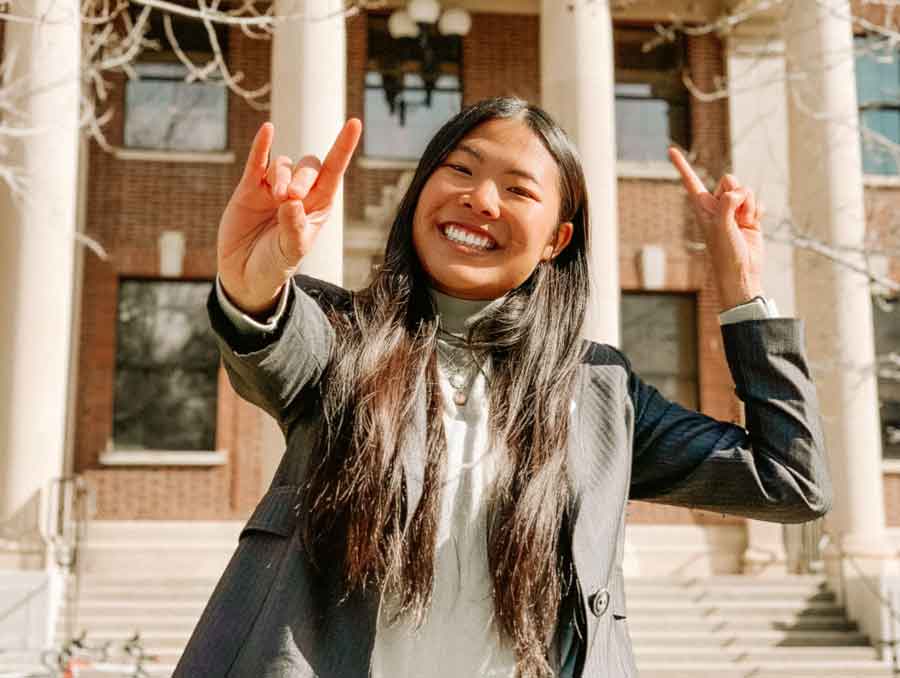
Steffany Yang is a first-generation student who is majoring in mechanical engineering. She is also an ASUN Senator for the College of Engineering and has been instrumental in outreach programs.
Engineering major finds her interests through research opportunities through leadership roles
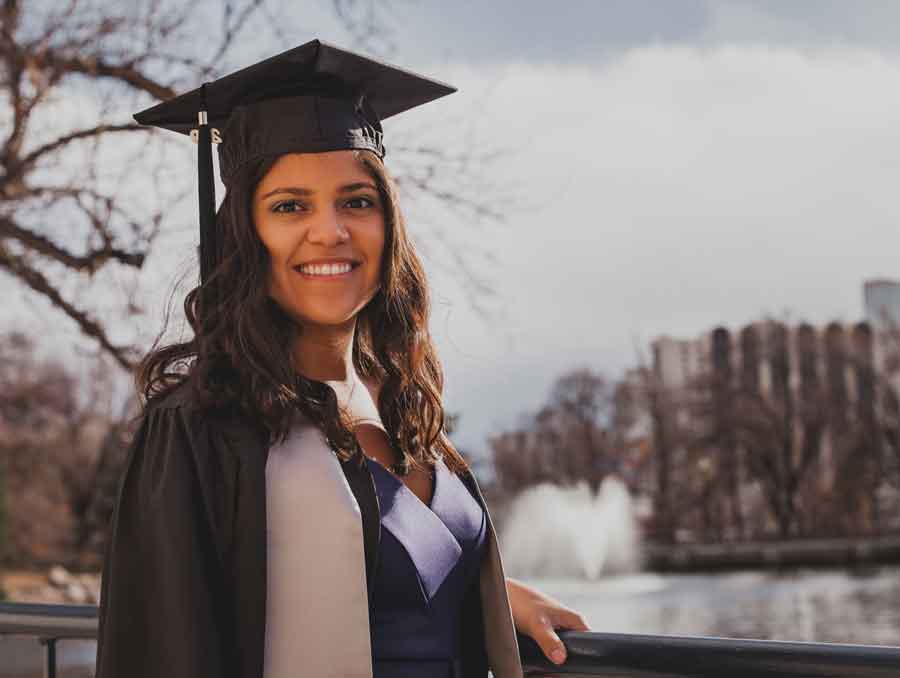
Michelle Falcon Mujica is a recent graduate of the College of Engineering. With a focus in electrical engineering, she was the president of SWE and focused on mentorship and community outreach.
Environmental engineering students receive research fellowship award from National Science Foundation
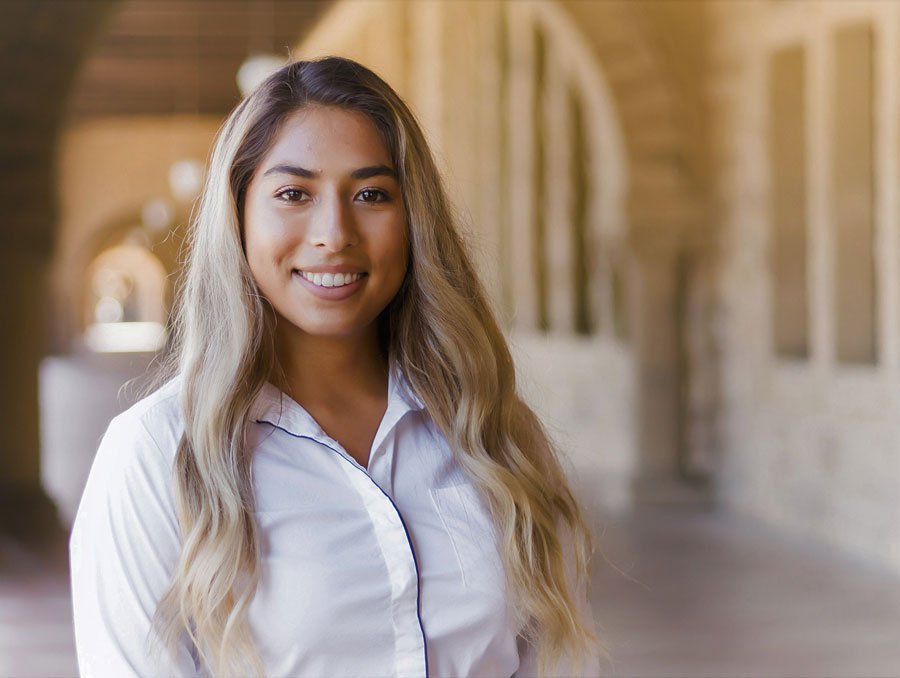
Two women from the environmental engineering department received Graduate Research Fellowship Program awards from the National Science Foundation. Valeria Nava will continue her education this fall at Carnegie Mellon University. For Lauren Mazurowski, the GRFP award will support her research in breaking down recalcitrant water pollutants to make water potable more quickly and more efficiently. 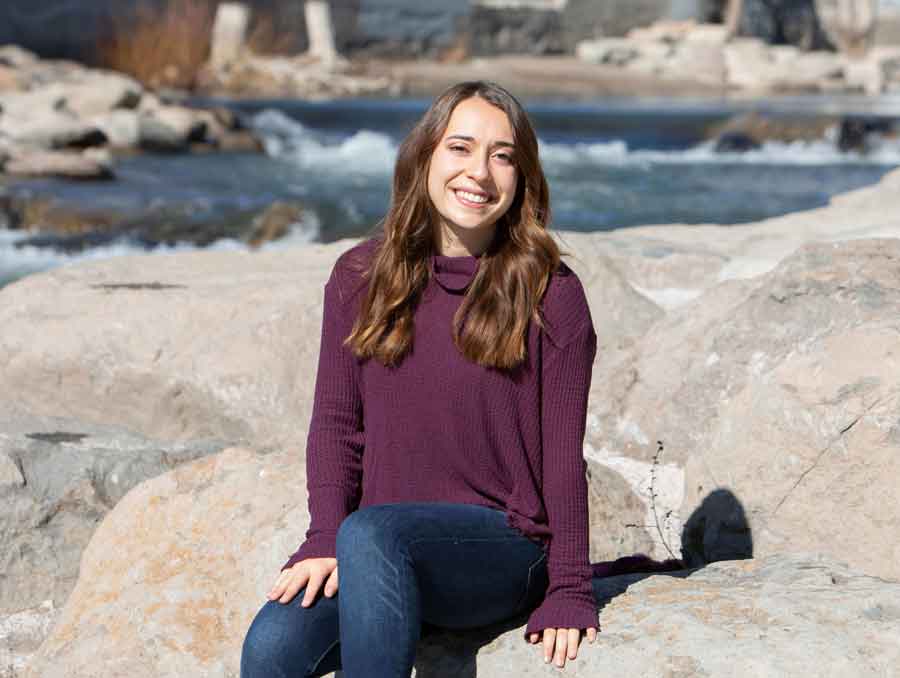 To pursue her research, she will use a lab-scale UV reactor in the new William N. Pennington Engineering Building. The reactor combines O3 molecules with ultraviolet, high-energy light and organic molecules to break down impurities like pharmaceuticals and personal care products.
To pursue her research, she will use a lab-scale UV reactor in the new William N. Pennington Engineering Building. The reactor combines O3 molecules with ultraviolet, high-energy light and organic molecules to break down impurities like pharmaceuticals and personal care products.
Transformation of face recognition technology and representation for faces nets grant
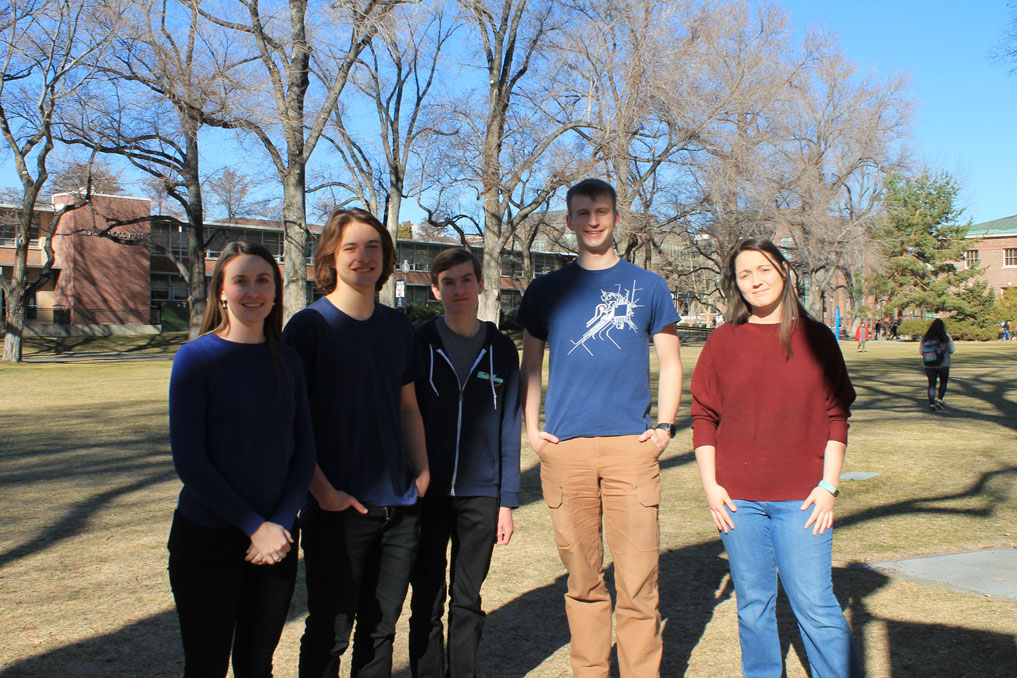
In her quest to help the visually impaired and those on the autism spectrum, Emily Hand, assistant professor of computer science and engineering in the College of Engineering, is working to develop and build discreet wearable devices capable of improving their social interactions through facial recognition, expressions and emotions. She will use her computer science and engineering skills to apply machine learning, computer vision and natural language processing to her work, which is funded by a grant from the National Science Foundation. Her overall research goal is to develop software that will help visually impaired individuals, along with those on the autism spectrum, to recognize faces, expressions and emotions. The research will produce techniques capable of recognizing faces in low-quality imagery as seen in surveillance and human-computer interaction settings.
Engineering undergraduate and her mentor participate in research focused on human-robot interaction
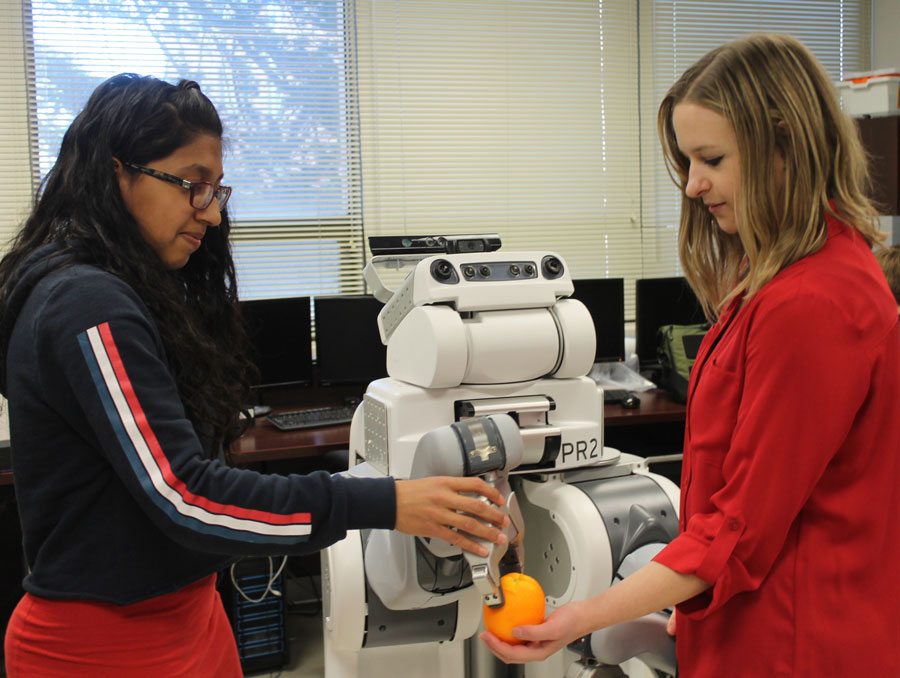
Eloisa Burton in the computer science and engineering department helped develop new autonomous robot capabilities with recent Ph.D. graduate Janelle Blankenburg. Working with her grad mentor to add an inter-dependent constraint, or a task where robots do one thing while doing something else, Burton was heavily involved in teaching them to “make tea”. Using toy food, robots learned to place a teacup, grab the kettle and “pour” the tea. With the addition of the inter-dependent constraint, Burton says they now understand the concept of holding the cup while pouring the tea.
What does it take to receive a National Science Foundation CAREER award?
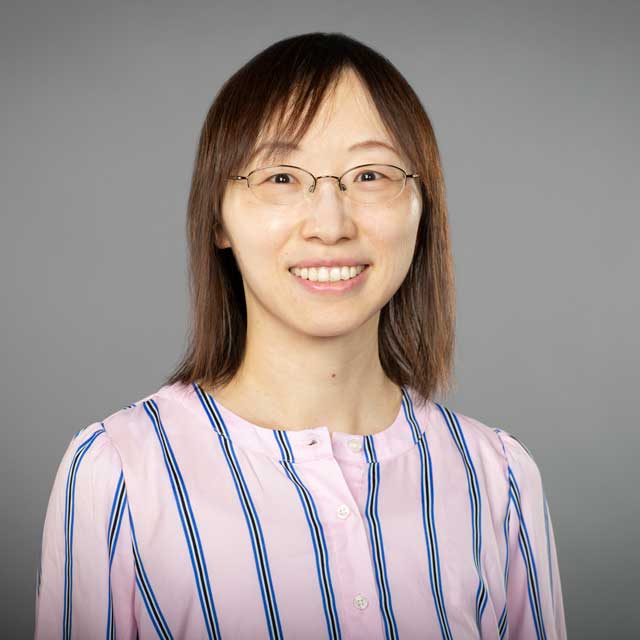
Feifei Fan’s research through the Department of Mechanical Engineering is set against the backdrop of the growing and critical importance of rechargeable batteries. Her CAREER proposal, supported by a $500,000 grant, focuses on the complex electrochemical cycling of batteries and, through study of the mechanics and other physical and chemical processes in electrodes, seeks to improve energy density, power density and capacity retention.
Fellowships lead to travel opportunities for one engineering doctoral student
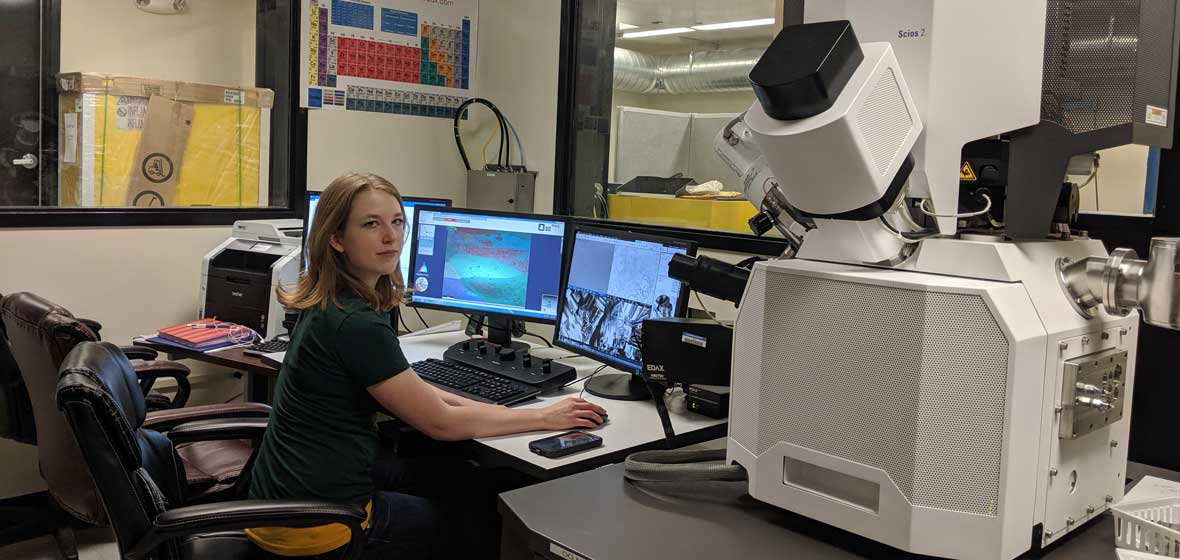
An experienced traveler and a second-year Ph.D. student in the materials science and engineering department, Cayla Harvey has recently won two prestigious fellowships and scholarships. The most recent is the 2019 Integrated University Program graduate research fellowship from the Department of Energy. As a participant there, Harvey evaluated the irradiation tolerance of oxide dispersion strengthened steels, or ODS, that will be used to create future generations of nuclear reactors.
Undergrad research pays off for engineering student
2019 engineering graduate Mercedes Anderson made a difference in the computer science and engineering department. Anderson said she appreciated the multi-disciplinary collaboration opportunity during that time, and she credits it as to what makes the lesson so effective. The Mobile Engineering Education Lab, or ME2L, also uses a version of the lesson plan to teach K-12 students at schools in the Washoe County School District.
Passion for mechanical engineering helps graduate student succeed
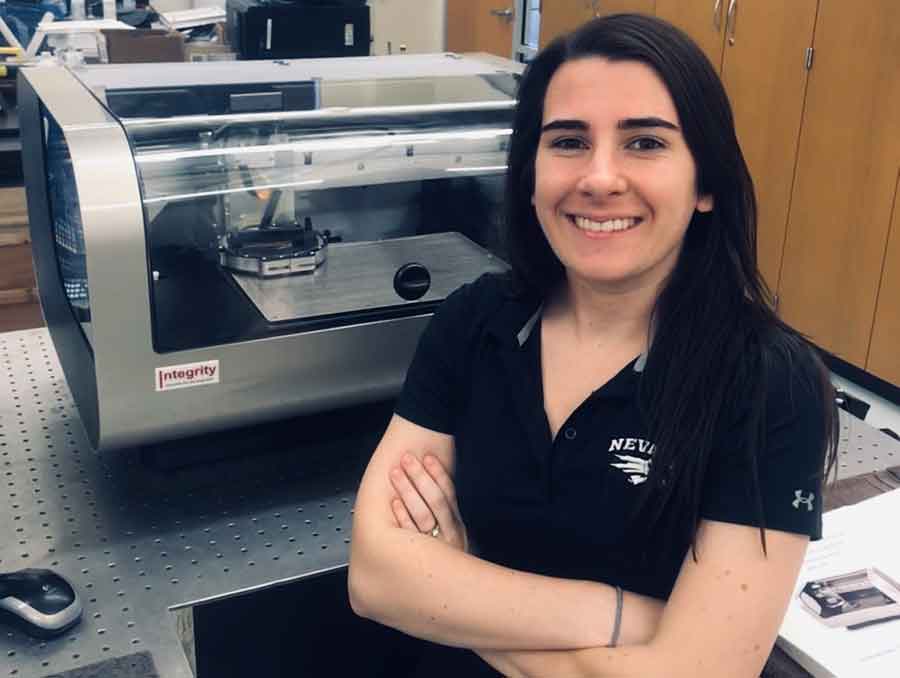
Rebecca Histed is a recent recipient of a master’s degree, and in April 2019, Histed won the National Science Foundation’s Graduate Research Fellowship Program, or GRFP. It allows for three years of funding, networking and internship opportunities, and is what Histed calls “an honor to receive.” Her research proposal, titled “Enhanced Electroactive Polymer Actuators for Soft Robotics Applications” focused on understanding the mechanisms of charge transport coupled with electrode morphology characteristics in ionic polymer-metal composites, or eIPMC actuators, a problem in the discipline that has not been fully explored. Its research is critical to changing the performance of soft actuators, or lightweight and affordable flexible materials for soft robotics and a wide variety of other applications, like soft prosthetics and rehabilitation, a topic Histed enjoys and is the catalyzer of her engineering and scientific interests.
Five years, two degrees and one certificate for engineering standout
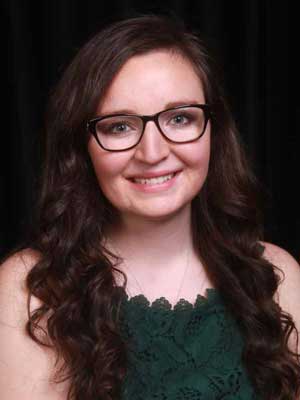
Megan Higley graduated in December 2018 with her bachelor's degree in mechanical engineering and is now pursuing her Ph.D. at the University. Higley has been doing research since the end of her sophomore year, and one project she is especially proud of is building computer models of nuclear fuel canisters to try and predict internal temperatures. Higley's research investigates the heat transfer in used nuclear fuel casks as they are being dried for storage.
Scrugham Medal Award Winner for 2019 is Carolyn Barbash
Carolyn (Cowan) Barbash became vice president of business development and community relations at NV Energy in 2019 after serving as vice president of energy market policy where she was leading efforts to develop policies and business models for Nevada’s electric market. Prior to this, she was vice president for PacifiCorp (also a Berkshire Hathaway Energy company), leading efforts to explore the potential of creating a regional energy market with California. 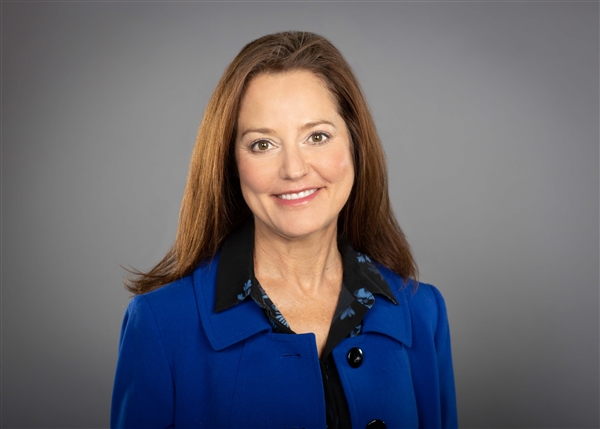 Carolyn has more than 30 years of energy delivery and policy experience and has held various executive positions at NV Energy, including compliance, transmission, and electric and gas operations.
Carolyn has more than 30 years of energy delivery and policy experience and has held various executive positions at NV Energy, including compliance, transmission, and electric and gas operations.
She has led grid operations, planning, major project management and implementation of NV Energy’s participation in the Western Energy Imbalance Market.
